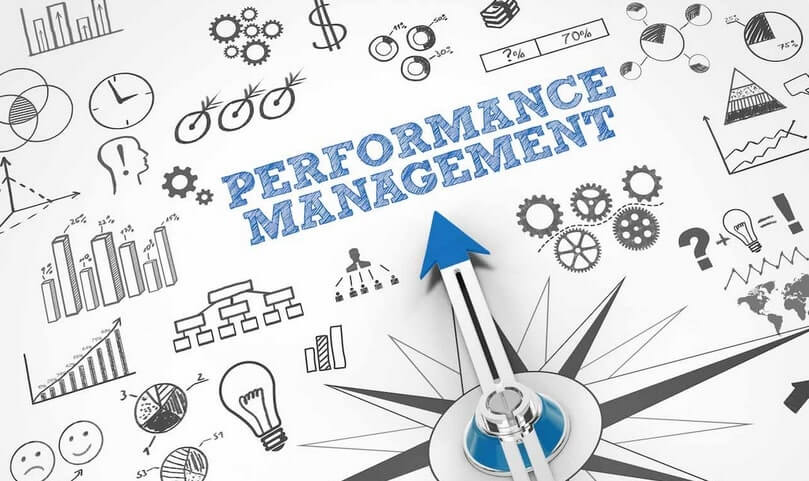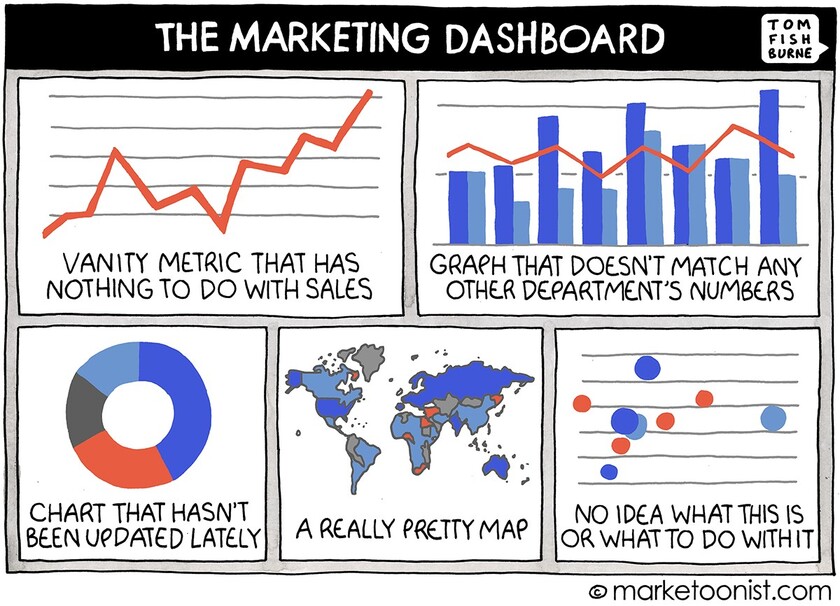Introduction
KPIs (Key Performance Indicators) are a critical tool in the arsenal of any manager. They give you insight into your business and help you make better decisions. A lagging KPI can tell you how well your business is doing right now, whereas a leading KPI give you a glimpse into the future. In this article, we’ll outline what leading and lagging KPIs are, how to use them to improve decision making, and how they impact your overall success as an organization.
What is a lagging KPI?
A lagging KPI is a historical metric that reflects the actual performance of your business. It tells you what happened, not what will happen. Lagging KPIs are important because they can be compared to other companies or industries to help you determine whether or not your company is performing well relative to others in its industry. They can also be used to compare your own company performance through time.
For example, if you have an eCommerce website and want to compare tasks and activities you undertook last year to reach certain goals, and compare them to this year, then those would be considered lagging KPIs. That’s because they measure specific tasks you did at one point in time (last year) versus another point in time (this year).
What is a leading KPI?
A leading KPI is a forward looking metric that can be used to predict future performance.
It’s based on historical data, but it’s not historical. It’s predictive and forward looking.
The idea is that by tracking a forward looking metric, you can predict future performance. This is a very powerful tool. If your company sells products or services, then using this type of KPI can help you figure out which customers are likely to buy again and which ones aren’t.
Another example would be a social media metric such as engagement rate or average time spent per visit. These metrics are forward looking because they gauge how well your content is performing and can help predict future performance.
Why should you care about leading and lagging KPIs?
Leading and lagging KPIs are two different approaches to measuring performance. A leading KPI is a metric that can be used to predict future performance, while a lagging KPI measures past results. Both types of KPIs are important for making decisions about your business, so it’s important that you know how and when to use them.
Here’s an example: If you want to know if sales will increase in the next quarter, then you should use a leading KPI like new customer acquisition or product launches (which have more than one month between them). If instead, you want information on whether or not the current quarter has been successful (e.g., did we make our numbers?), then look at lagging KPIs such as revenue generated per hour worked by employees (this data point would only be available after all bills were paid).
Leading KPIs are the ones that show how well you’re performing in the future. They’re predictive, so they help you set goals with actionable steps to achieve them. A good leading KPI will tell you what needs to happen next in order for your business to grow or succeed. You can measure these metrics on a weekly, monthly or quarterly basis depending on how quickly your business operates (daily data might be too granular).
How do you use leading and lagging KPIs to make better decisions?
Use leading and lagging KPIs to predict future performance.
Leading and lagging KPIs help you measure the future of your business by providing insight into how the changes you’re making will affect your organization. In other words, they help guide decisions about what needs to happen next so that you can achieve specific goals or outcomes in the future.
Use leading and lagging KPIs as a way of measuring improvements throughout an organization’s life cycle (or even over time). For example: If a team has been working on improving efficiency for several months now, but hasn’t seen any results yet (i.e., no improvement), then maybe it’s time for a new approach or strategy–and perhaps even some additional resources!
Read Also: KPIs vs OKRs
Use leading and lagging KPIs to measure the future of your business.
Leading and lagging KPIs can be used to predict future performance, but they also help you understand how your business is performing at the moment.
Leading KPIs are usually a good indicator of what’s going on in a company–you can use them as a predictor of future performance. If your sales team is doing well, then chances are that your overall revenue will reflect that as well.
Lagging KPIs provide insight into past performance and help you measure how things went over time. If you want to compare two different quarters in terms of sales numbers or profit margins, then lagging metrics will give more accurate information than leading ones would because they’re based off historical data rather than projections or forecasts
Leading KPIs are forward looking and predict future performance while lagging KPIs are historical and reflect the actual performance of the business.
Leading KPIs are forward looking, and reflect future performance. Lagging KPIs are based on past data, and give us insight into how well we’ve performed in the past. Leading KPIs can help you make better decisions about the future direction of your business while lagging KPIs give us information about where we’ve been and what happened during that time period.
Leading KPIs:
- Help you predict future performance by focusing on leading indicators (i.e., things that indicate something will happen in the future).
- Are useful for analyzing trends over time so that you can identify areas where improvements need to be made if certain metrics start trending downward or upward over time–for example, sales growth versus customer satisfaction ratings would be considered two examples of leading vs trailing metrics within an organization’s key performance indicators (KPIs).
Recommended Read: What is Business performance management?
Conclusion
With so many different metrics available to you, it can be difficult to know which ones will help you achieve your goals. One way to decide which KPIs are most important is by looking at the leading and lagging indicators in your organization. Leading indicators are those that predict future performance or behavior while lagging indicators measure past performance or behavior. By focusing on leading and lagging indicators, you can identify areas where improvements need to be made before they become a problem for your business.





